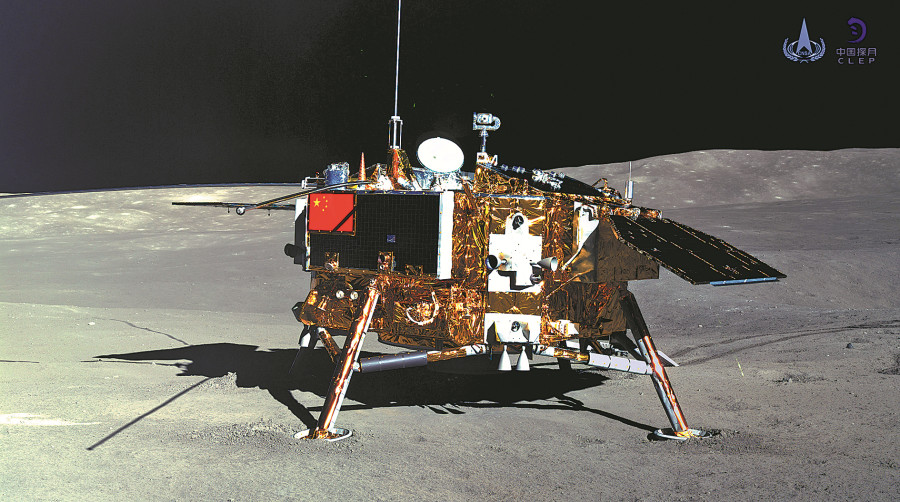China will start 3D printing lunar base in 2027
The space race is now really going wild, now that China is also getting involved with advanced plans.
Contents
Landing at the watery south pole
China wants to experiment with 3D printing buildings on the moon during the Chang’e 8 lunar mission, the chief planner of the Chinese agency that coordinates the lunar program said in the Chinese official journal China Daily.
Weiren Wu, a leading Chinese scientist, said the Chang’e 8 robotic probe will land at the lunar south pole (which is very promising due to its water ice reserves) to study its mineral composition and, of course, its size. of water ice stocks. Without water, no life and only if water is found on the moon, human habitation becomes feasible. During this mission, China will also investigate the possibilities of constructing a base using 3D printing technology. NASA also wants to use 3D printing technology to build a lunar base from regolith.
Local materials
To survive on the moon for a long time, humans will have to make use of local materials, Wu said in a recent interview. Regolith, the fine grit that covers the moon, will be the raw material for this. The intention is that a 3D printer will sinter this moon dust together and process it into building structures. Research into this technology is already being conducted at various Chinese universities.
Space travel is outrageously expensive. To ship one kilogram of earth material to the moon, you soon have to think of amounts between 50,000 euros and a ton. Let alone the thousands of tons it takes to build a moon base. So Wu’s strategy is the most logical one. NASA has also opted for this strategy, including locally manufactured solar panels.
Detailed plans for the Chinese lunar mission
China has a large-scale roadmap to make a permanent Chinese presence on the moon a reality. The upcoming Chang’e 6 robotic mission will land on the far side of the moon around 2025, collect soil and rock samples and return them to Earth. This would be a first for China’s space program. No other space power has ever succeeded.
After this mission follows the Chang’e 7 mission. This probe will do preparatory work for Chang’e 8: landing on the south pole of the moon for “high-precision surveys”. You should think of finding traces of water, exploring the area and studying the local conditions. This probe also searches for natural resources. The next step will then be a prototype of a robotic scientific research station. This will be an international cooperation project, probably with Russia and other BRICS countries.
The moon as the first step
In many ways, the moon is ideal as a launching point for space flights to the rest of the solar system. The moon is quite close to the earth. With a delay of just over two seconds, you can send messages back and forth between the Earth and the Moon. The moon also has a very low gravity. With about one-sixth of the Earth’s gravity, you can launch rockets at man with much less delta-v, or energy required.



